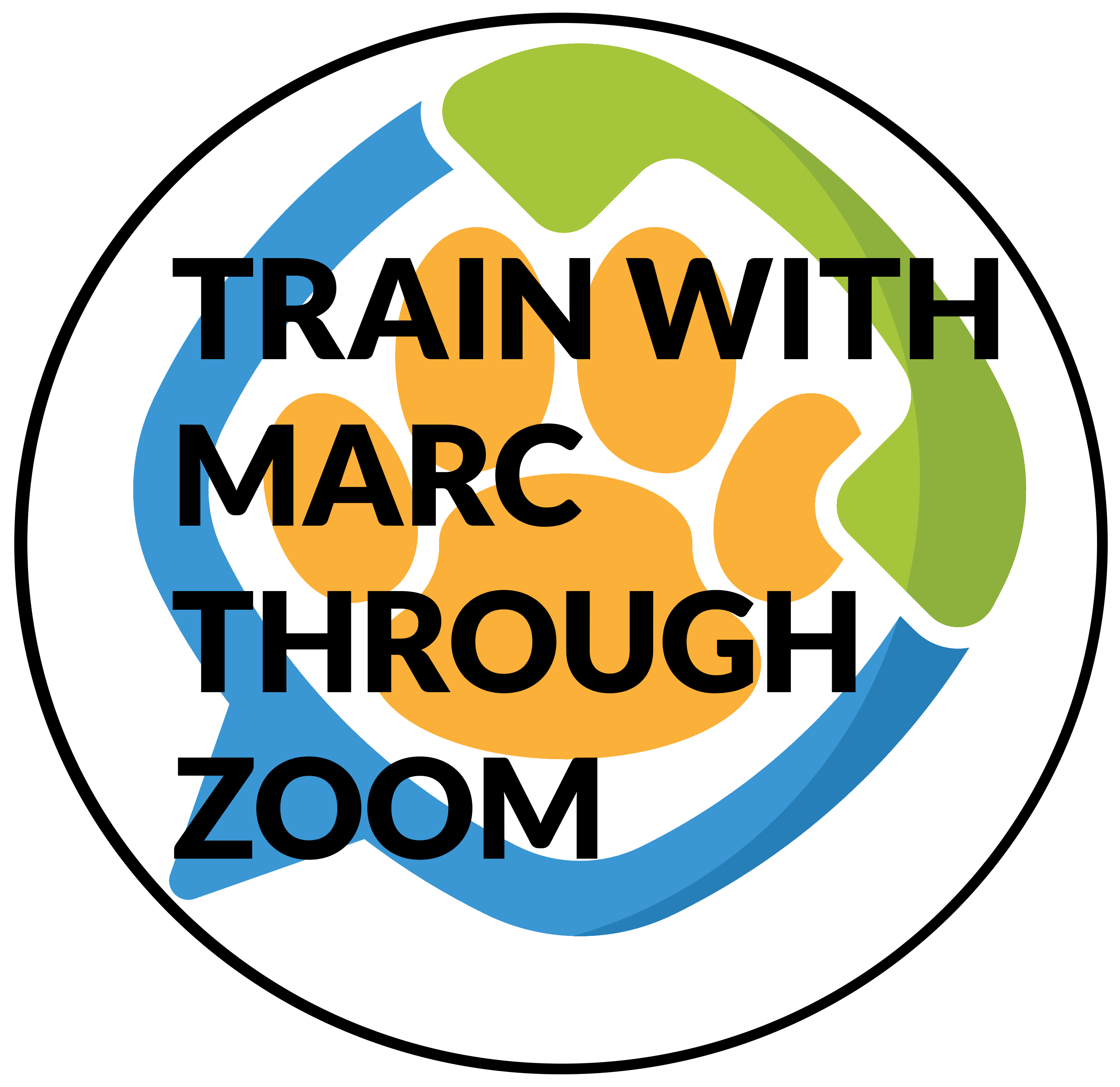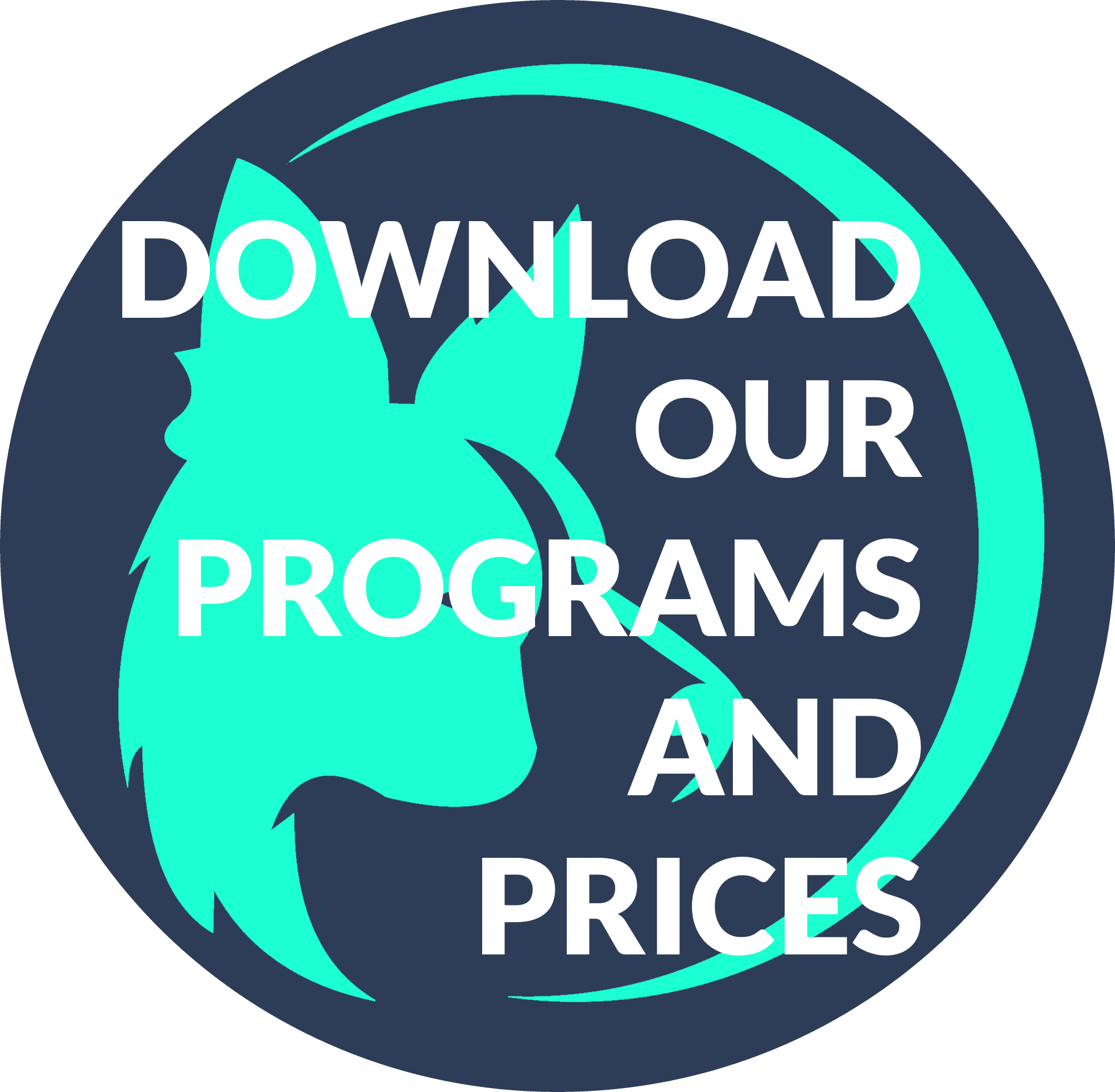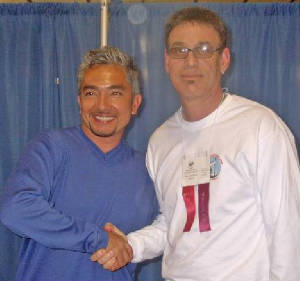The benefit of training your puppy is to promote his or her safety and build a positive and trusting relationship with you. When you have a strong relationship with your puppy, he or she will feel more confident, at ease, and willing to pay attention to you when it’s most important for their well-being.
A drag line is an excellent training tool to use during the training process, because it makes it easier for you to control your pet’s safety, helps them get used to a leash, and puts you in control without having to yell at or grab your puppy. But any time you have something attached to a dog, there are precautions that are necessary to make sure your pet is safe.
How To Use A Drag Line To Train Your Puppy Safely
Drag lines are a fantastic training tool. But even though you’re using a drag line indoors there are a number of measures you should be following to make training safe and pleasurable for your puppy:
- Use Only When Under Observation – It’s very possible for dogs of any age to accidentally get their drag line tangled up. This is especially a concern for puppies, which have lots of energy and curiosity and can get into all kinds of trouble if unsupervised even without a fun new “toy” that’s attached to them. Only use the drag line when you’re closely watching your pet.
- Use A Brightly Colored Leash – Bright, more visible colors are simply easier for you to see so you don’t trip over it or are better able to find your puppy quickly.
- Don’t Make A Handle On The End – A loop on the drag leash’s end can be a tripping or choking hazard for your puppy. It can easily get caught around their legs when they’re running around or around furniture where they can’t easily free themselves.
- Don’t Attach To A Constricting Collar – If you need to quickly correct your puppy, to stop them from jumping on someone or running outside, pulling sharply on a constricting collar can be painful, fear inducing, and detrimental to your training objectives.
- Discourage Chewing – Puppies are likely to chew at the drag line when getting used to it, but usually stop in a few days if it’s used consistently. If they keep chewing, use a chew deterrent like Bitter Apple spray to keep them from fraying or ingesting it.
Consistency is also an important part of making drag lines and training safe for your puppy. When they’re familiar with what the line feels like and how it works, they’re less likely to get into accidents that arise from confusion over the fabric attached to them.
Chicago Dog Trainer Can Help You Use A Drag Line Effectively
A training regimen helps your puppy know what to expect and how to act during day-to-day situations, like interactions with other people and animals. Drag lines can help you reach your puppy’s training goals and provide a safer and more enriching life for them.
Marc Goldberg and Chicago Dog Trainer can help you learn how to use a drag line and other training tools and techniques to improve your and your pet’s life. Text or call Marc Goldberg today at 224-407-2131.





